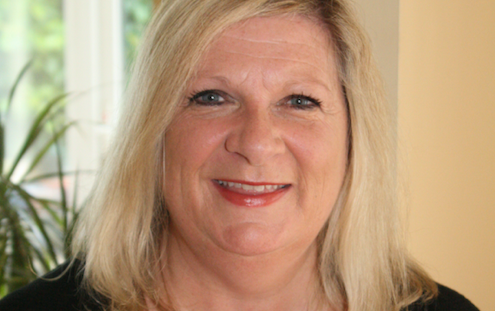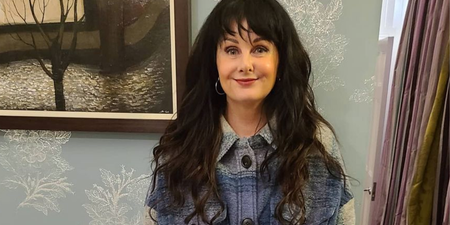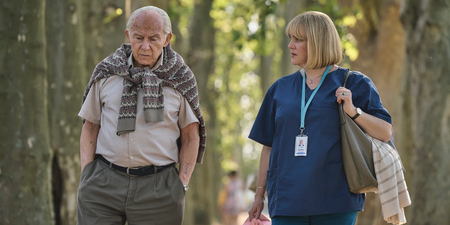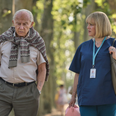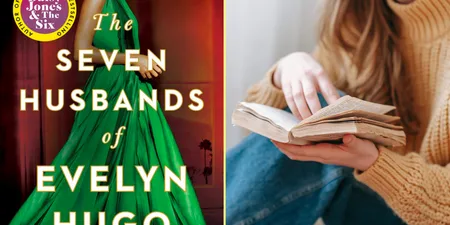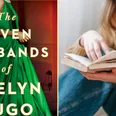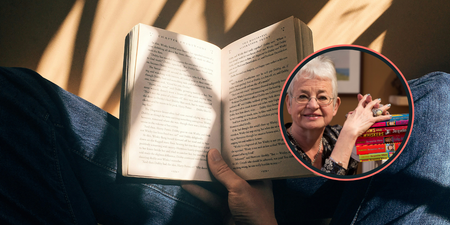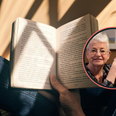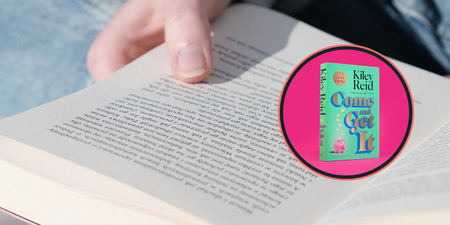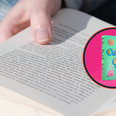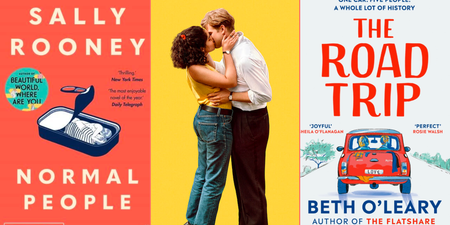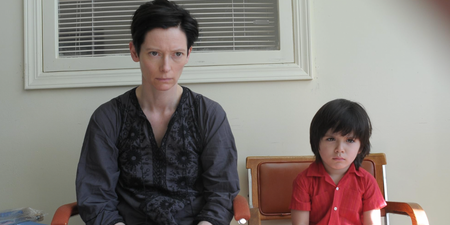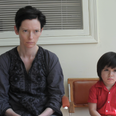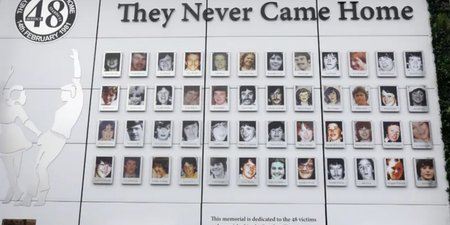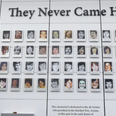Marita Conlon-McKenna has told how she had “no intention” of writing another Famine book before The Hungry Road.
The Hungry Road, which was published on January 23, is a heartbreaking and powerful novel. The author recently spoke to Her about the inspiration behind her latest novel, and how it nearly ended up being a “totally different book”.
“What happened was, I had no intention of writing another Famine book, or even going in that space,” she said, as she discussed the inspiration behind the book. “It was a combination of three things: first, I noticed when I was down in Cork, Kerry, and other places, I saw these tumbled cottages that were the most beautiful picturesque places. I’d always say, imagine people lived there, and they’re gone – and nothing else has come back since. That was their house, their family home – there was a sadness about it, a family couldn’t survive or stay there.
“My family are from West Cork, in Skibbereen, and there’s a graveyard there called Abbeystrewry. My grandmother is buried there, and that’s the graveyard that during the Famine, 9,000 people were buried there [in unmarked graves]. It’s the most beautiful setting overlooking the river, the sun shines and its leafy and beautiful – but it’s a scene of such tragedy.”
As it turns out, the book was originally meant to be titled The Cottage – the title she still has it under on her computer. It was originally meant to be about an abandoned cottage and this family in the United States, who buy land in Ireland that was from their ancestors in the time of the Famine.

“It was going to be a past and present book, a totally different book,” she continued. “And then I started being drawn more and more to the past, and the present story was getting weaker and weaker while the past story was getting stronger.
“I started writing bits of it, and I thought that it was much bigger than a cottage, so I started to change the book.”
During the research process for the book, she found out about Skibbereen’s Dr. Dan Donovan, who was known as a Famine doctor, and “the work he did during the Famine to try and save people’s lives”.
“When I started reading his diary, I thought, ‘This is an exceptional, kind and caring man who was caught in a maelstrom of disaster. He really deserves to be remembered, his story deserves to be told,'” she said. “And then I realised how the other good people of Skibbereen, the local solicitor, the local priest, how much they fought to help the people [of the town].
“It was fascinating to read [Dr. Donovan’s] words. I thought, ‘can I build a story using him and the people of this town and still have my cottage idea?'”
She started writing the book through his eyes, then the eyes of the priest – and of Mary Sullivan, whom she calls “the strongest female character I’ve created.”
Conlon-McKenna, recognised as one of Ireland’s most beloved children writers, also spoke to Her about her 1990 novel Under The Hawthorne Tree – and how the book was originally meant to “be out and about.”
“I wrote it for my daughter, Mandy, when she was younger – and I had no intention of ever publishing it,” she recalled. “It was written for her. I’d done a picture book for her sister and I was starting to make picture books at home, just drawing and illustrating them for myself. One had been published and another was due to be published. Then, Mandy was kind of jealous. I had to do a story for her.”
“I’d always loved history in school, and the Famine to me was always a big thing – but there were no books about it. Apparently, when I was 12, I said to my history teacher, ‘when I grow up, I’m going to write a book about the Irish Famine.’
“I wrote it for Mandy, with no intention of publishing it. It was just going to be that I’d make a few copies of it, and then my children would have it – and later on, when they got married, my grandchildren would have it,” she continued. “It was just going to stay in our house, it wasn’t going to be out and about.”
She explained that she had been doing a course in children’s literature at the time, when she told her lecturer what she had been working on. Her lecturer, a friend who lived in Kilkenny, and her husband all encouraged her to send the book off to a publisher.
“I said, nobody’s going to publish a book about three little kids in the Famine and finding their baby sister dying, and bodies and – a few people said to me, just send it. The worst they can say is no,” she continued.
Thankfully, she followed their advice and sent the book in. The book – the first in her Children of the Famine trilogy, went on to sell hundreds of thousands of copies over the last thirty years.
As for what she’s reading out the moment, the author has been leaning more towards “biographies and historical things” – and it is for a very special reason.
“I’m reading about a duchess, Lady Glenconner. She was lady-in-waiting to Princess Margaret,” she said. “I’ve finished Phil Coulter’s biography, Bruised, Never Broken. It’s all about his life growing up in Northern Ireland, becoming a songwriter, the music business. I found it a brilliant book to read.
“When I’m writing myself, I tend to read not a lot of fiction. I read more non-fiction, because I don’t want another writer’s voice to come into my own writing – I have to keep my own voice. That’s why I’ve been reading more biographies and historical things.”
Which means that yes, she’s currently working on a new project at the moment – although it may be a little while until she starts a new novel for adults.
“I’m working on a new children’s book at the moment. I have three little grandchildren born in the last few months, so I’m back to children’s books before I go onto another adult book,” the author told us.
“I want to try and get one or two children’s books if I can. It’s lovely to go back, because the last book, The Hungry Road, is such a big book. Three years of my life. I’m looking forward to having a smaller book that’s a bit easier – and doesn’t need me to be in museums, libraries and looking up stuff and things like that. It’s just a story, a good story to be told.”
